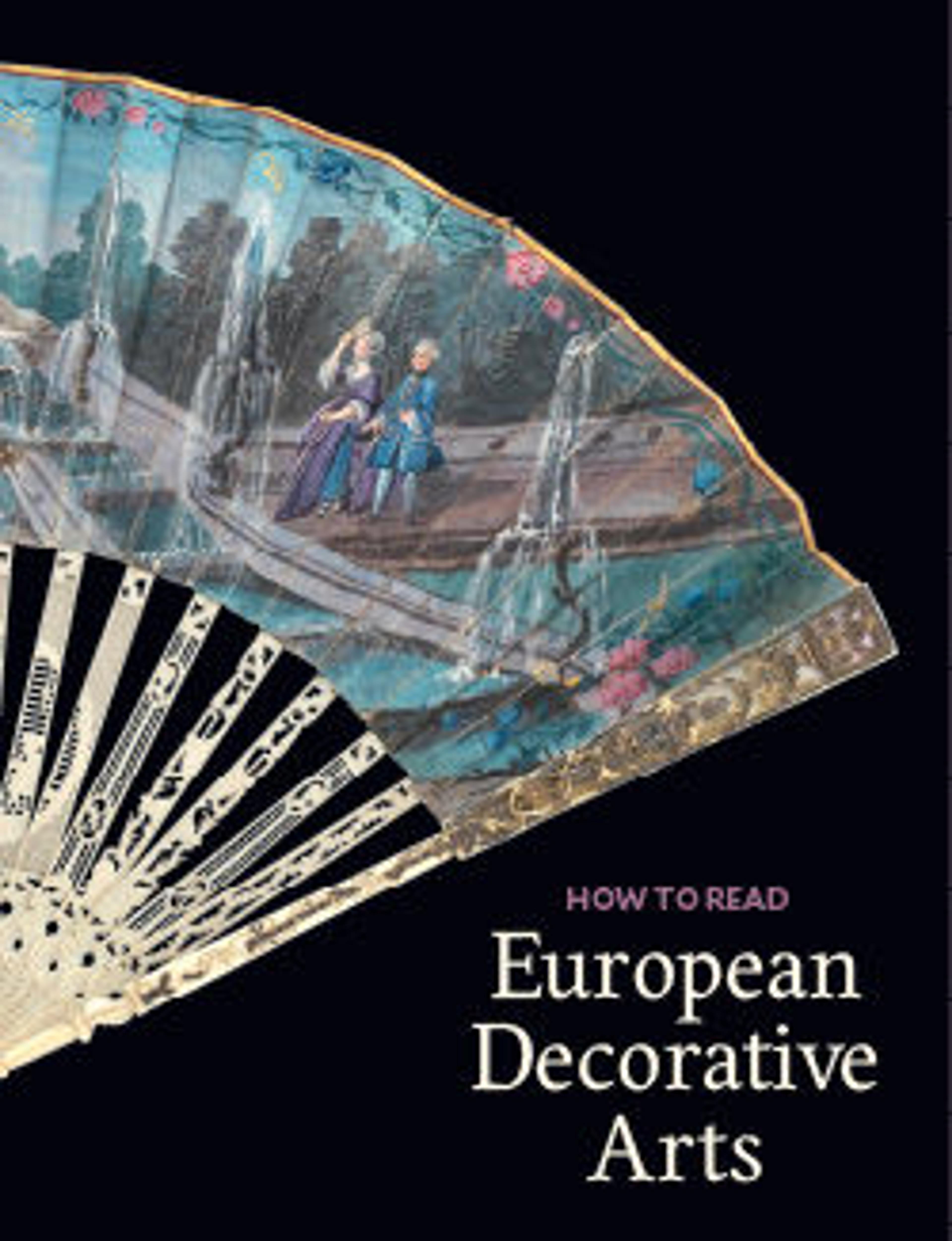Standing cup with cover
Although red glass had been produced for stained glass in Northern Europe since the Middle Ages, its use had not extended to vessel glass. It was not until the German chemist Johann Kunckel experimented in the later seventeenth century that a true ruby red glass was made suitable for vessel glass, at Potsdam, under the Duke of Brandenburg. The secret of the formula was very soon well-known; a workshop in Freising made a specialty of making novelties in this material and sending them to Augsburg to be mounted in silver gilt. The family of Matthäus Baur and his sons were specialists in this. The coloring factor in ruby glass was gold in the glass mass, and this was an ingredient that made red glass expensive and exclusive. Gold was also thought to be anti-toxic and to protect from poison anyone who drank from it.
A very similar goblet (now in the Danish Royal collection), in the form of an apple, was given to Queen Charlotte-Amalie by her husband Christian V at Christmas 1695; it also bears the mark of Matthäus Baur II.
A very similar goblet (now in the Danish Royal collection), in the form of an apple, was given to Queen Charlotte-Amalie by her husband Christian V at Christmas 1695; it also bears the mark of Matthäus Baur II.
Artwork Details
- Title:Standing cup with cover
- Silversmith:Mounts by Matthäus Baur II (ca. 1653–1728, master ca. 1681)
- Date:1695–1700
- Culture:German glass with Augsburg silver mounts
- Medium:Gold-ruby glass, silver-gilt mounts
- Dimensions:Overall: 6 5/8 × 3 3/8 × 3 1/2 in. (16.8 × 8.6 × 8.9 cm)
- Classification:Metalwork-Silver In Combination
- Credit Line:Munsey Fund, 1927
- Object Number:27.185.309a, b
- Curatorial Department: European Sculpture and Decorative Arts
More Artwork
Research Resources
The Met provides unparalleled resources for research and welcomes an international community of students and scholars. The Met's Open Access API is where creators and researchers can connect to the The Met collection. Open Access data and public domain images are available for unrestricted commercial and noncommercial use without permission or fee.
To request images under copyright and other restrictions, please use this Image Request form.
Feedback
We continue to research and examine historical and cultural context for objects in The Met collection. If you have comments or questions about this object record, please contact us using the form below. The Museum looks forward to receiving your comments.
